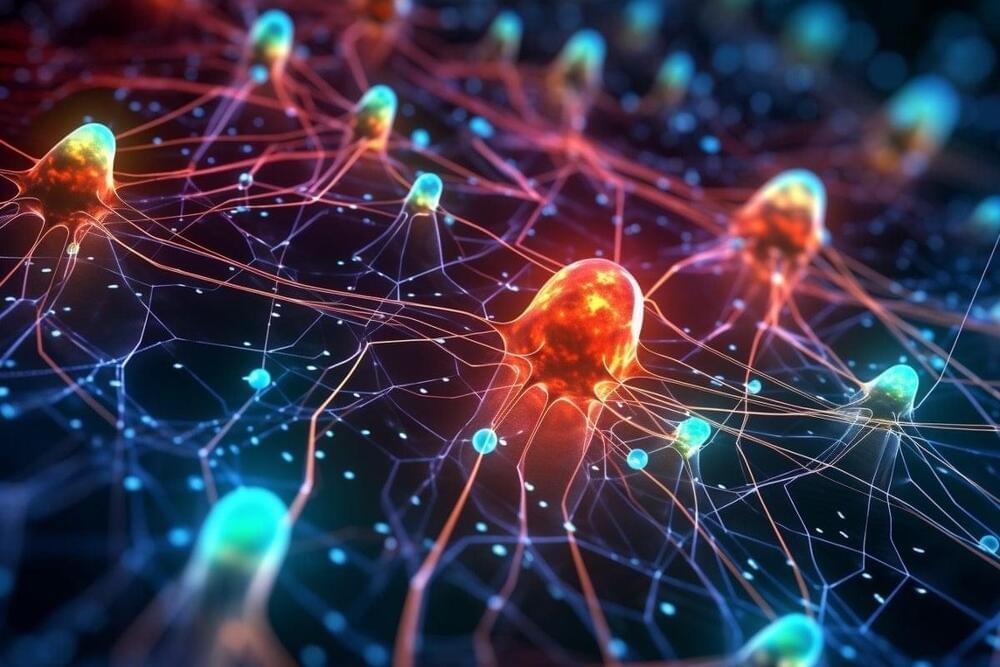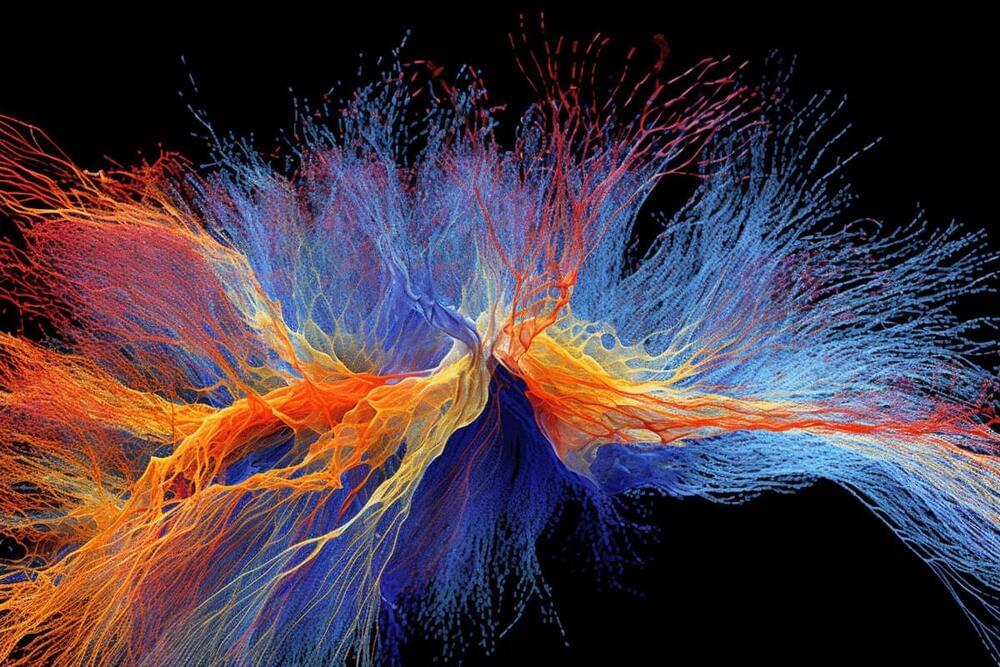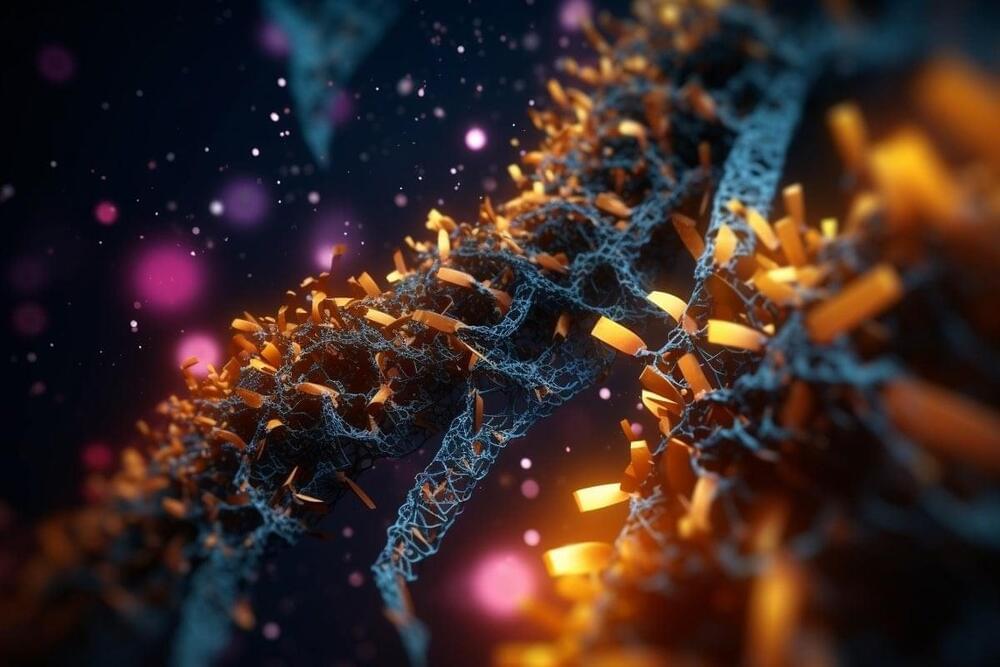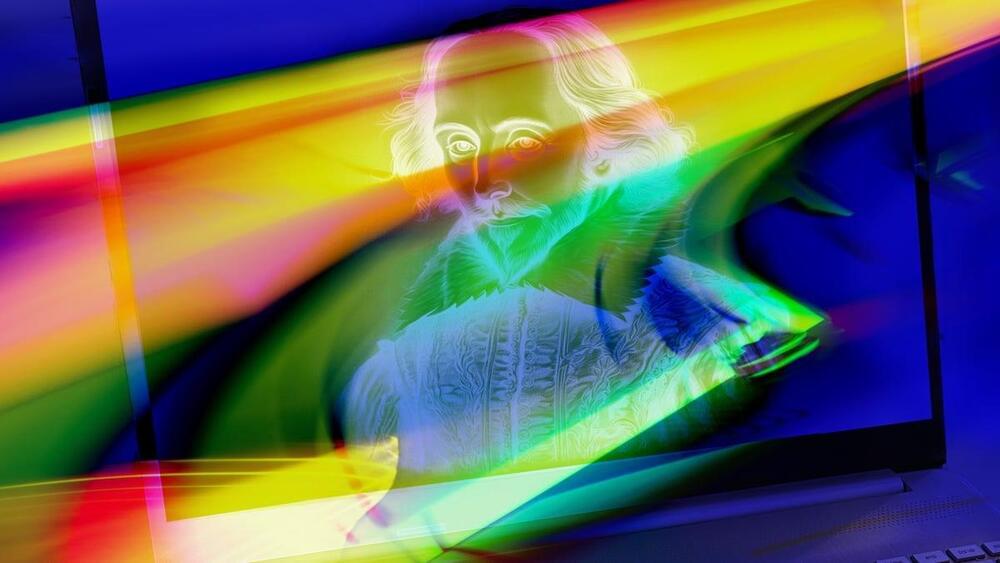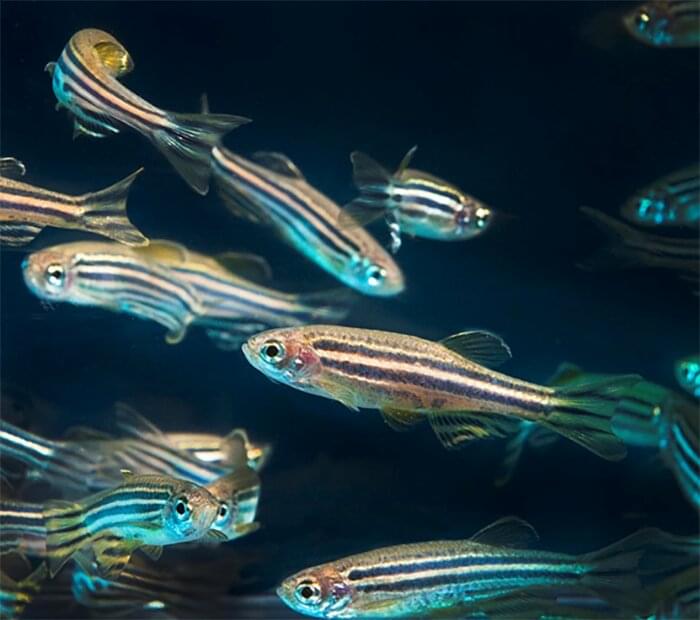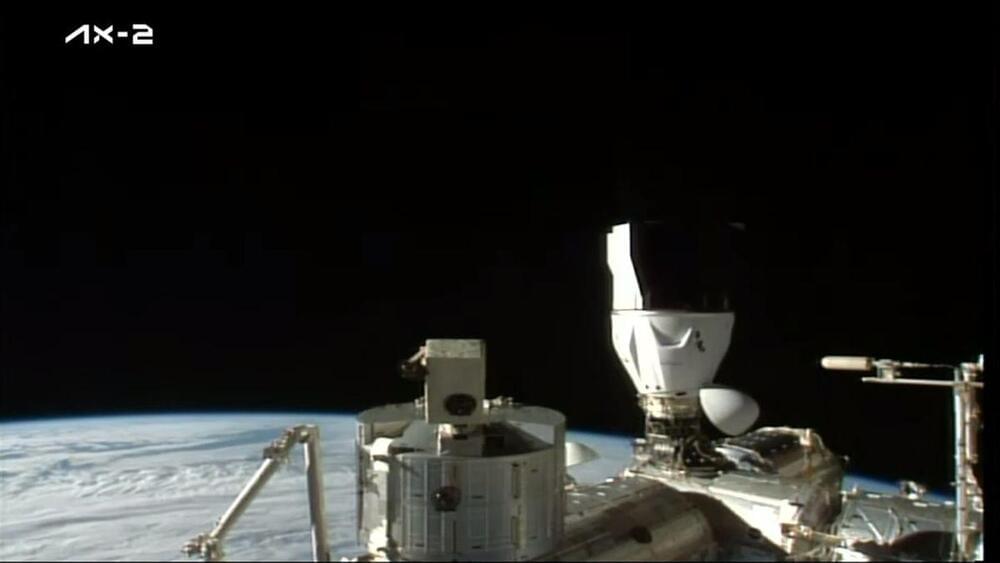To make sense of mysteries like quantum mechanics and the passage of time, theorists are trying to reformulate physics to include subjective experience as a physical constituent of the world.
Summary: Scientists present a hypothesis dubbed “Cytoelectric Coupling” suggesting electrical fields within the brain can manipulate neuronal sub-cellular components, optimizing network stability and efficiency. They propose these fields allow neurons to tune the information-processing network down to the molecular level.
Comparatively, this process is akin to households arranging their TV setup for optimal viewing experience. The theory, open for testing, could significantly enhance our understanding of the brain’s inner workings.
Summary: Neurons in the hippocampus vary in function depending on their exact genetic identity. The study revealed these neurons, once believed to be homogeneous, are quite diverse and encode task-related information differently based on their location. This newfound understanding of neuronal diversity could lead to better comprehension of brain functions, memory capacity, and potentially advance disease treatment strategies.
Key Facts:
AI Unlocks Enzyme Secrets
Posted in biotech/medical, robotics/AI
Summary: Researchers used artificial intelligence to predict how enzymes interact with various substrates. The team developed an AI model that can accurately predict whether an enzyme can work with a particular molecule.
Their enzyme substrate prediction (ESP) model provides a valuable tool for drug research and biotechnology, with applications ranging from the creation of new drugs to the production of biofuels.
I asked Bard chatbot whether we should fear Google. It shared concerns about Google you’d never expect would come from an AI created by Google.
Scientists have figured out a way to retrieve tiny traces of human genetic material called environmental DNA (eDNA) from thin air.
Lifespan by simply slowing the aging of an organ, such as the intestine? CNRS researchers have discovered how to extend the life expectancy of zebrafish by reactivating a gene within intestinal cells. The results were published in the journal Nature Aging on May 4, 2023.
The intestine plays a crucial role in an anti-aging approach as well as general health. Over a century ago, Elie Metchnikov observed that aging ensued from increased inflammation of the intestine and microbial infiltration within blood circulation. The more we age, the less the digestive tract serves as a barrier, allowing the undesirable particles and bacteria that cause the more rapid aging of the organism to pass through.
In a new study, Miguel Godinho Ferreira and his team at the Institute for Research on Cancer and Aging (Ircan) in Nice (CNRS/Inserm/Université Côte d’Azur) have studied the impact on aging of telomere length in the intestinal cells of zebrafish. As with humans, these chromosome extremities shrink faster in the intestine than in other organs during the course of a life, which is why this process plays such an important role in aging.
Strike, led by Jack Mallers, currently operates in the U.S. and El Salvador. Now it’s pushing into new markets in Africa, Latin America, Eastern Europe, Asia and the Caribbean – from Antigua and Barbuda to Vanuatu and Zambia.
A SpaceX Dragon capsule carrying four private astronauts arrived at the International Space Station early Monday (May 22) after a record-setting trip to the orbiting laboratory.
The Dragon spacecraft, named Freedom, launched atop a SpaceX Falcon 9 rocket on Sunday (May 21), kicking off the private Ax-2 mission to the orbiting lab for Axiom Space. It linked up with the station a day later at 9:12 a.m. EDT (1312 GMT) as both spacecraft sailed 262 miles above the Pacific Ocean, northeast of Japan.
Plus: Official ChatGPT iPhone app debuts; Debt collectors using chatbots to chase debtors.

